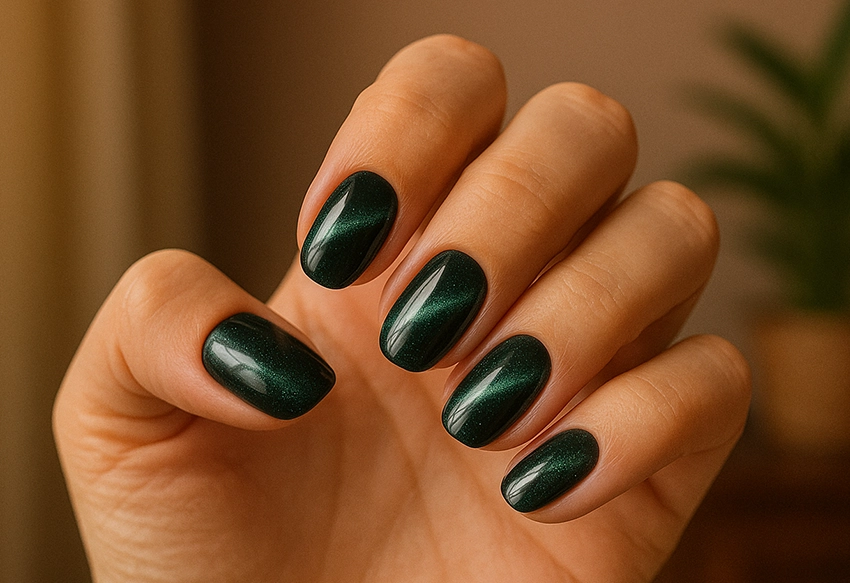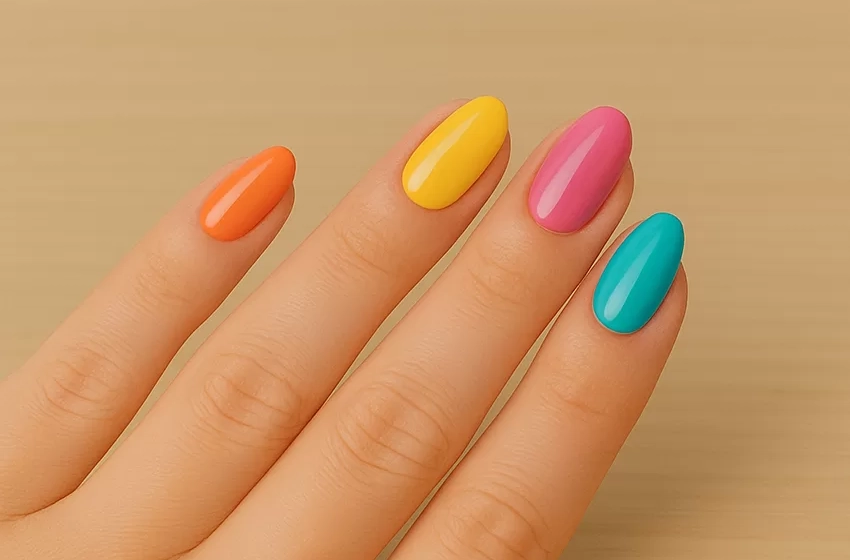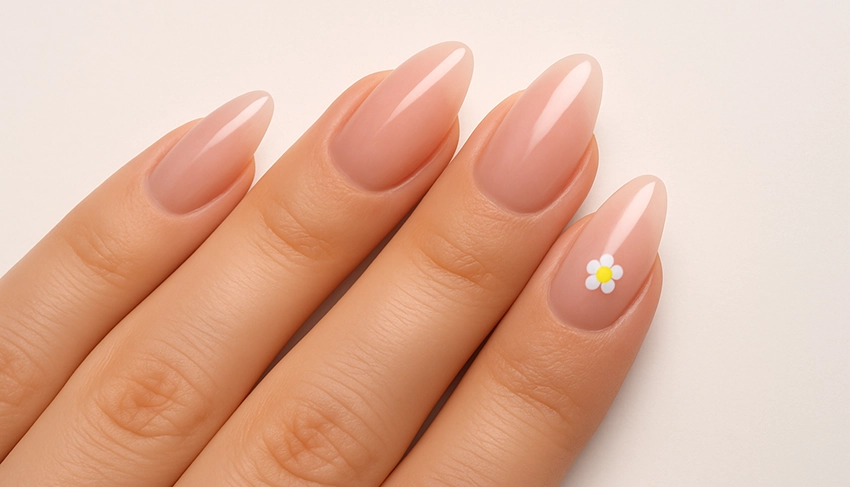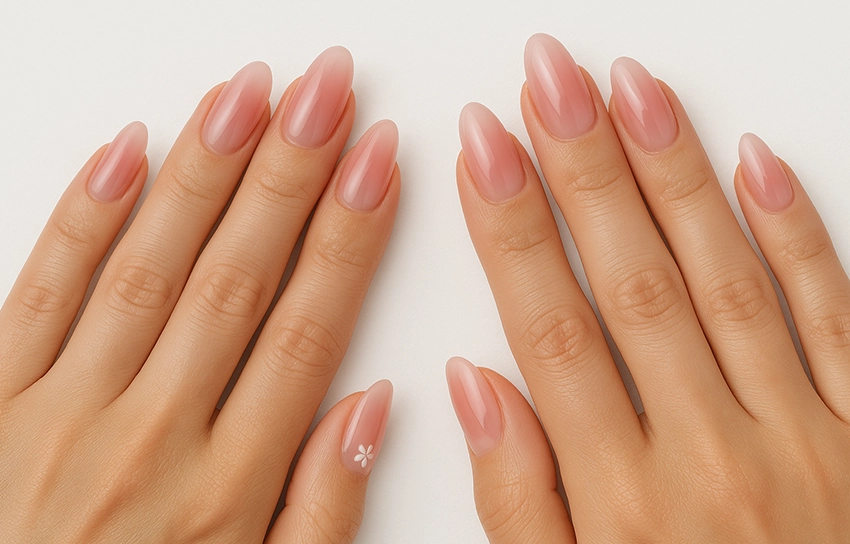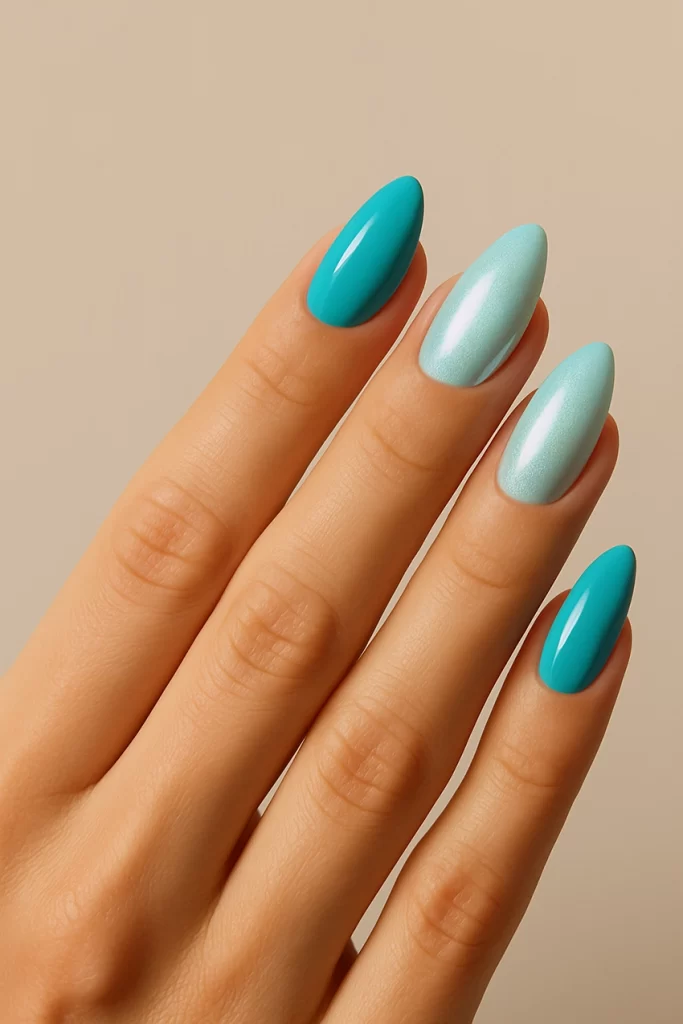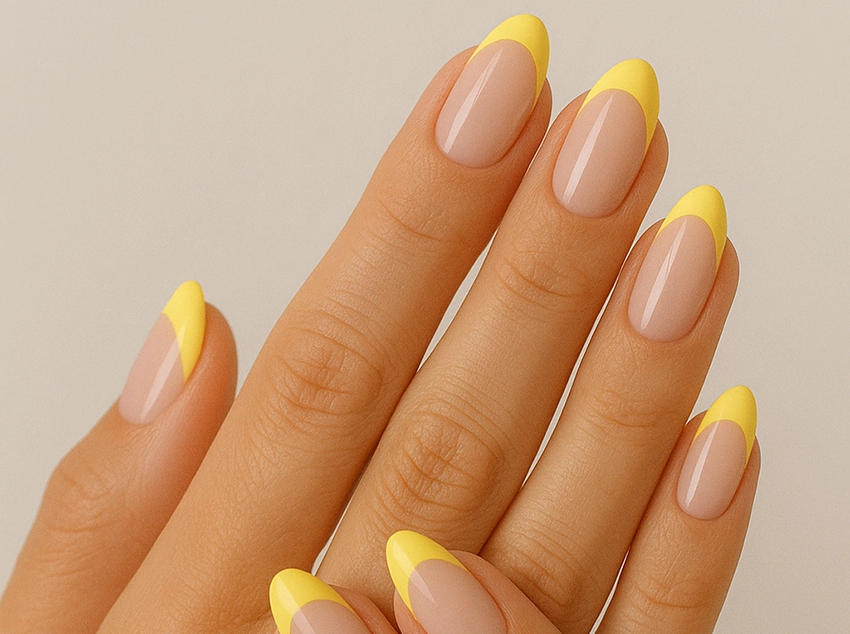In recent years, the term “HEMA-free” has become increasingly common in the beauty industry. For nail technicians and conscious clients alike, it’s important to understand what ingredients gel polishes and builder gels contain and how they affect health. The demand for HEMA-free gel polish is growing rapidly, as consumers prefer products with a reduced risk of allergic reactions.
In this article, we review what HEMA is, why it’s worth avoiding it, what its presence can cause, and the truth about so-called hypoallergenic gel polishes.
What is HEMA?
HEMA, or 2-hydroxyethyl methacrylate, is one of the most commonly used monomers in the nail and gel polish industry. This derivative of acrylic acid polymerizes under UV or LED light, forming a cross-linked structure that makes gels and polishes durable, resistant, and flexible. For years, it was considered one of the “favorite” ingredients in the nail industry.
Its advantages include:
- Excellent adhesion to the natural nail plate.
- Fast curing time, which speeds up salon work.
- Flexibility and durability, helping to prevent breakage.
- Antistatic properties, reducing static buildup.
Beyond nail products, HEMA is also used in the production of contact lenses, dental fillings, and various plastics.

HEMA-Free Gel Polish
Why should you phase out HEMA-containing products in your salon?
Although HEMA is not yet a banned ingredient, ongoing professional discussions point to its possible restriction in the near future. As of September 2025, it is still legal in the European Union, but any product containing HEMA must display the following warnings:
- “For professional use only”
- “May cause an allergic reaction”
Research and user experience suggest that HEMA may eventually face the same fate as TPO (trimethylbenzoyl-diphenylphosphine oxide), which was banned in certain cosmetic products. For this reason, salons benefit from gradually transitioning to HEMA-free gel polish.
What to check when buying products?
Always review the ingredient list. If you see “2-hydroxyethyl methacrylate” or its Hungarian equivalent “2-hidroxi-etil-metakrilát,” the product contains HEMA. In such cases, it’s better to look for alternatives – many brands already offer HEMA-free options.
What can HEMA cause in gel polish or builder gel?
HEMA is one of the most well-known allergens in nail cosmetic products. Even when used correctly, there is some risk, and in practice, allergic reactions are increasingly reported.
Possible side effects include:
- redness, itching, or burning sensation,
- blistering around the nail bed,
- lifting or separation of the nail plate,
- in severe cases, painful inflammation.
Why does this happen?
Chemically, HEMA is a hapten, a low-molecular-weight compound that easily penetrates the skin barrier. If it comes into contact with the skin during application – due to poor technique, excess product, or damaged cuticles – it can quickly trigger an allergic reaction.
While HEMA-free gel polishes significantly reduce this risk, they cannot eliminate it entirely, since other ingredients may also cause irritation.

HEMA-Free Gel Polish
Do hypoallergenic gel polishes exist?
The short answer: no gel polish is 100% hypoallergenic.
Gel polishes contain a mix of monomers, oligomers, and additives. Some products are labeled “hypoallergenic,” but this term usually means that they have been tested and shown to present a lower risk of allergic reaction, not that they are completely free from all possible irritants.
These so-called hypoallergenic products are typically HEMA-free, using alternative monomers that are less likely to cause allergies. This makes them a better choice for clients with sensitive skin, but it would be misleading to claim that they pose no risk at all.
Summary
HEMA-free gel polish is not just a passing trend – it represents one of the most important new directions in the nail industry. For years, HEMA was valued for its durability and adhesion, but its allergenic potential has led many professionals and clients to avoid it.
Check out the list to see if you can find anything else you like.
